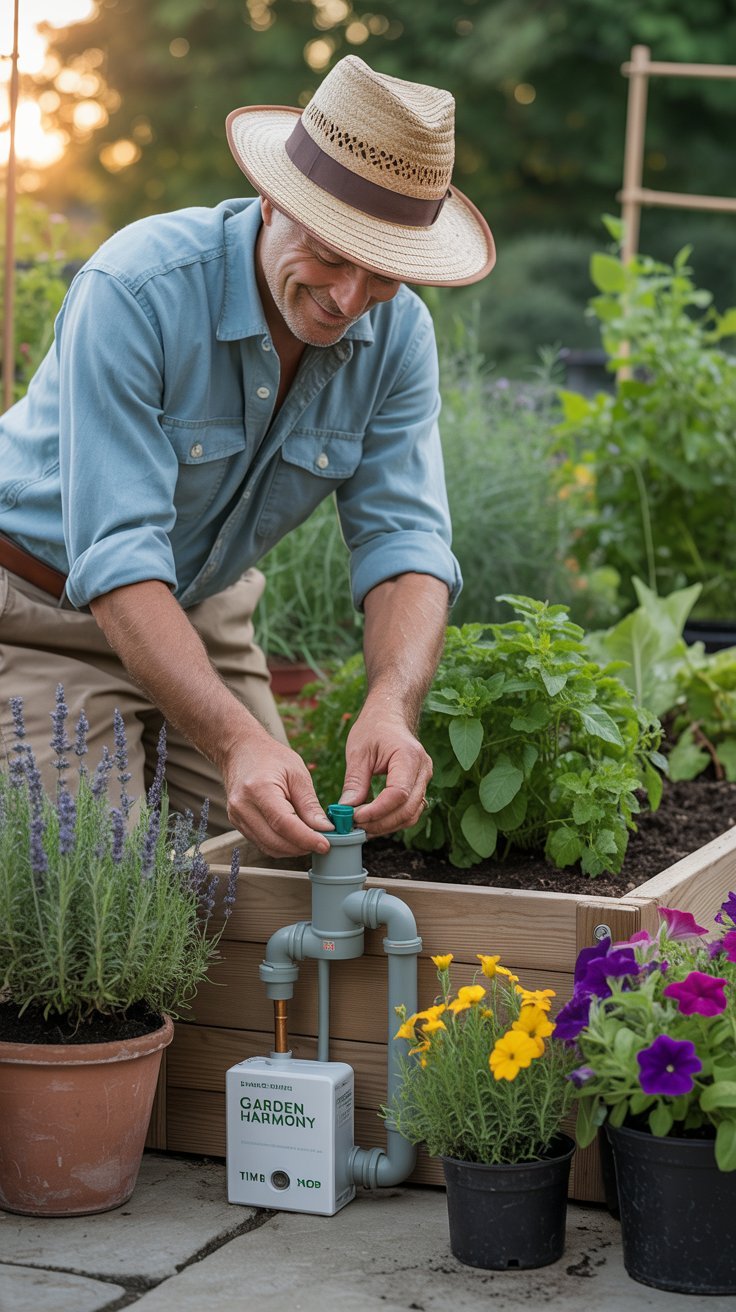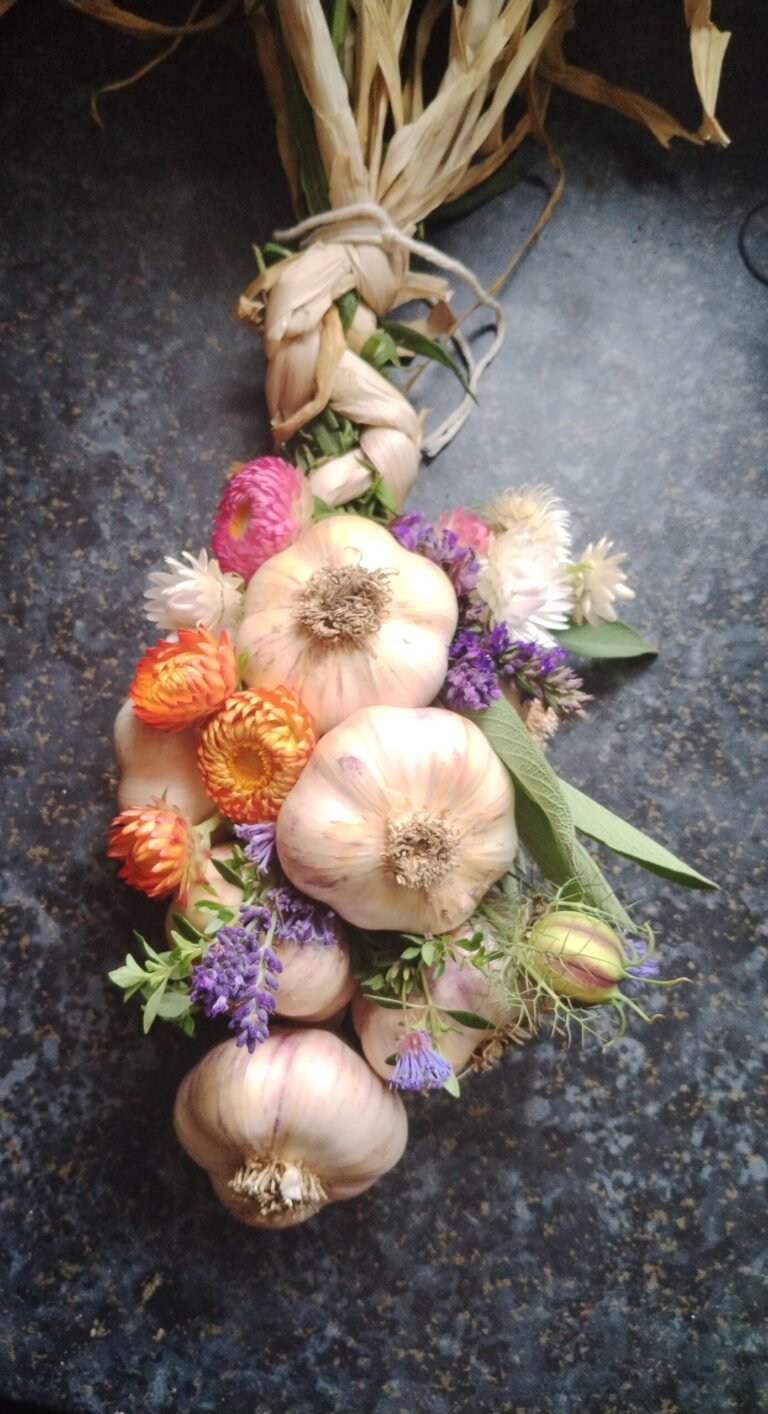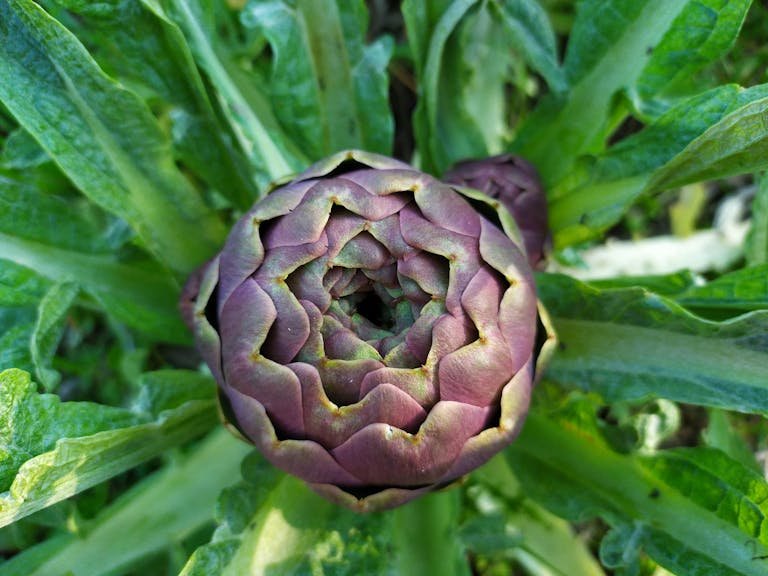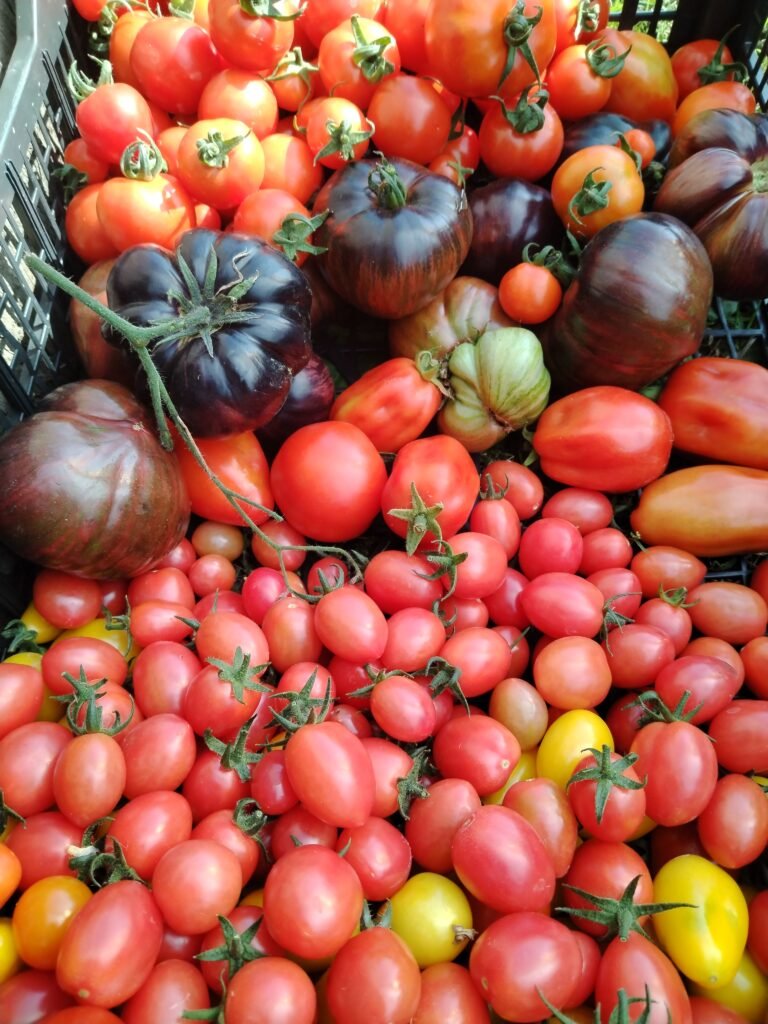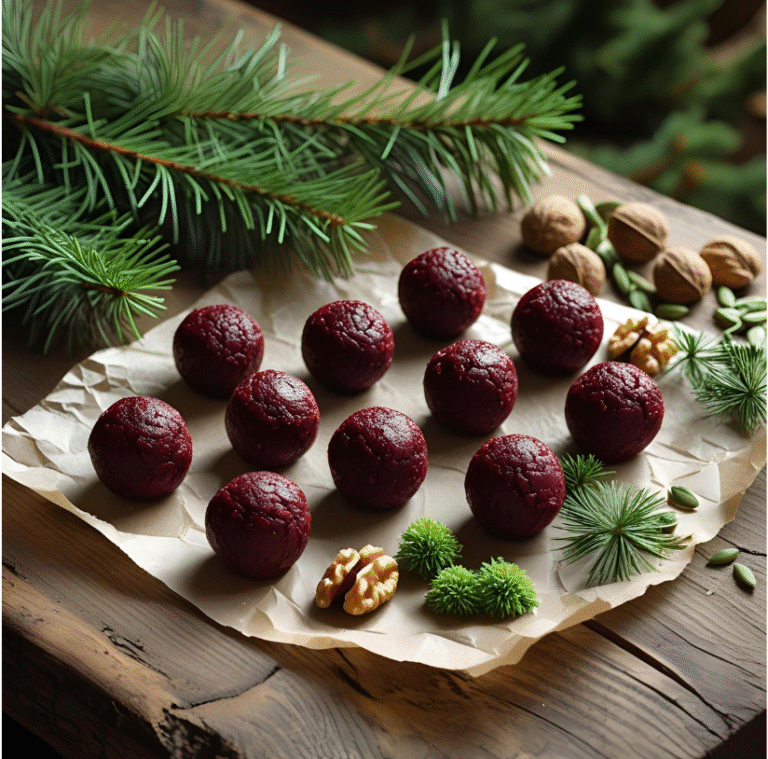Grow strawberries anywhere and skip the pesticides! If you’ve ever glanced at the Dirty Dozen list, you know strawberries sit right at the top, year after year. Laden with pesticides—sometimes more than any other fruit—store-bought berries might look tempting. What if I told you there’s a way to enjoy them without the chemical cocktail? The answer is simple: grow your own.
And here’s the real secret—homegrown strawberries don’t just free you from pesticides, they taste utterly divine. Nothing compares to the flavor of a berry ripened in the sunshine, still warm from the afternoon glow. Its sweetness intensified by nature itself. The moment you pluck one straight from the vine, that perfect balance of sugar and tang floods your senses. It’s a flavor no supermarket berry can match—because strawberries start losing their magic the second they’re picked. But when you grow them yourself? You get the magic at its peak.
The best part? You don’t need rolling fields or even a garden. Whether it’s a balcony, patio, or even a sunny kitchen window, strawberries are happy to grow wherever you plant them. Hanging baskets, vertical planters, or an old wooden crate—they’ll flourish in the smallest of spaces.
If you’re trying to cut down on pesticide exposure, strawberries are the perfect place to start. Want to know what other fruits and veggies top the Dirty Dozen list? Check out this guide to the worst offenders and how to avoid them.
Now, let’s get growing!
Best Varieties to grow strawberries anywhere
Not all strawberries are created equal—especially when space is tight! The good news? There’s a perfect variety for every nook and cranny, whether you’re tucking them into a window box or letting them spill over a hanging basket. Choosing the right strawberry variety makes all the difference when you’re trying to grow strawberries anywhere. Compact alpine varieties thrive in containers, while ever-bearing types keep your harvest going all season long.
- Ever-bearing, June-bearing, or Alpine? If you’re growing in small spaces, ever-bearing and alpine strawberries might be your best bet. Ever-bearing varieties give you two solid harvests per season, while alpines produce tiny, intensely flavorful berries all summer long. June-bearing strawberries, on the other hand, come in with a bang. It’s one big harvest per year—so they’re better suited to those with a bit more room.
- Compact vs. trailing types – If you’re working with containers, go for compact varieties like ‘Tristan’ or ‘Delizz’. They stay tidy while still producing plenty of fruit. Want something a little wilder? Trailing varieties like ‘Tarpan’ or ‘Berried Treasure’ cascade beautifully over the sides of hanging baskets, doubling as edible decor.
- Day-neutral for continuous harvests. If you dream of plucking fresh strawberries for months on end, day-neutral varieties are your best friend. Unlike other types, they don’t care about daylight hours, meaning they’ll keep fruiting from early summer right through autumn. ‘Mara des Bois’ and ‘Albion’ are two favorites that deliver consistently sweet, juicy berries.
No matter your space, there’s a strawberry that will thrive in it. So why not mix and match to get the best of all worlds?
Growing Strawberries in Containers: How to Grow Strawberries Anywhere
Strawberries are perfectly happy in containers—sometimes even happier than in the ground! With the right setup, you can turn a tiny patio, balcony, or even a sunny windowsill into a berry-filled paradise.
- Choosing the right container – The best part? You can grow strawberries in almost anything. Classic terracotta pots provide excellent drainage. Grow bags keep roots happy and aerated. Strawberry towers are a game-changer for small spaces, stacking multiple plants in a compact footprint. Even repurposed items like old colanders or wooden crates can work beautifully!
- The ideal soil mix – Strawberries thrive in light, nutrient-rich soil. A mix of organic potting soil, perlite, and a good handful of worm castings keeps them well-fed.
- Drainage and watering – Whatever container you choose, drainage is key! Too much water spells disaster for strawberries. Make sure there are plenty of drainage holes (or drill a few yourself). Water deeply but don’t drown them—aim for moist, not soggy soil. Self-watering planters can help if you’re worried about under or overwatering.
- Finding the perfect spot – Strawberries are sun lovers! Place them in a south-facing spot where they’ll get at least 6–8 hours of sunlight per day. If you’re growing on a windy balcony, consider a mini greenhouse to protect them from harsh weather.
With the right setup, your container strawberries will thrive—rewarding you with sun-warmed, juicy berries all season long!
Growing Strawberries in Hanging Baskets
If you’ve ever dreamed of plucking sun-ripened strawberries straight from above, hanging baskets are your answer. Not only do they save precious space, but they also keep your berries safe from pests and slugs while adding a cascade of green to your patio or balcony.
- Why hanging baskets work so well – Strawberries have shallow roots, making them perfect for hanging planters. The elevation improves air circulation, reducing the risk of fungal diseases, while the trailing vines spill over the edges, turning your berry patch into a living work of art.
- Choosing the right basket – Go for baskets that are at least 12 inches (30 cm) wide to ensure enough space for roots to spread. Coir-lined wire baskets allow for excellent drainage and breathability, while self-watering plastic baskets (like these on Amazon) help retain moisture on hot days. If you’re looking for durability, consider VEVOR’s metal hanging baskets (check them out here).
- Planting for maximum harvest – Space your strawberry plants 6 inches (15 cm) apart, allowing enough room for runners to dangle gracefully. If using a deep basket, layer the plants by cutting holes in the liner and tucking strawberry starts along the sides for a stunning, all-over fruit display.
- Watering & feeding strategies – Hanging baskets dry out faster than ground-planted strawberries, so daily watering (especially in summer) is a must! A drip irrigation kit (like this easy-to-install one on Amazon) can make watering effortless. Feed your plants every two weeks with an organic liquid seaweed fertilizer to keep them thriving.
With the right care, hanging baskets will transform your space into a floating strawberry patch—delivering juicy, sun-kissed berries at arm’s reach all season long!

Vertical Gardening: Growing Strawberries Anywhere with Upward Space
When space is tight but your strawberry dreams are big, vertical gardening is the answer. By growing upwards instead of outwards, you can turn a bare wall, balcony, or tiny patio into a thriving berry patch.
- Go vertical with wall planters and pallet gardens – Wall-mounted planters and repurposed pallets make excellent strawberry towers, letting you stack multiple plants in a small footprint. Look for felt pocket wall planters (like these on Amazon) for an easy, breathable setup or try a VEVOR vertical garden system (see it here) for a structured, space-saving solution.
- PVC pipe towers: a DIY gardener’s secret – Lightweight and easy to customize, PVC pipes can be transformed into strawberry towers with simple drilled openings for plants. Just fill them with high-quality soil, and your berries will cascade down in no time.
- The golden rules of vertical gardening – Since vertical setups dry out faster, a drip irrigation system (check out this automatic one) ensures steady moisture without daily fuss. Place your setup where it gets at least 6-8 hours of sunlight, and don’t forget to space plants for good airflow—this keeps them happy and free from fungal issues.
With a little planning, you can turn any vertical space into a strawberry wall of abundance, proving that even the smallest spaces can overflow with homegrown sweetness.
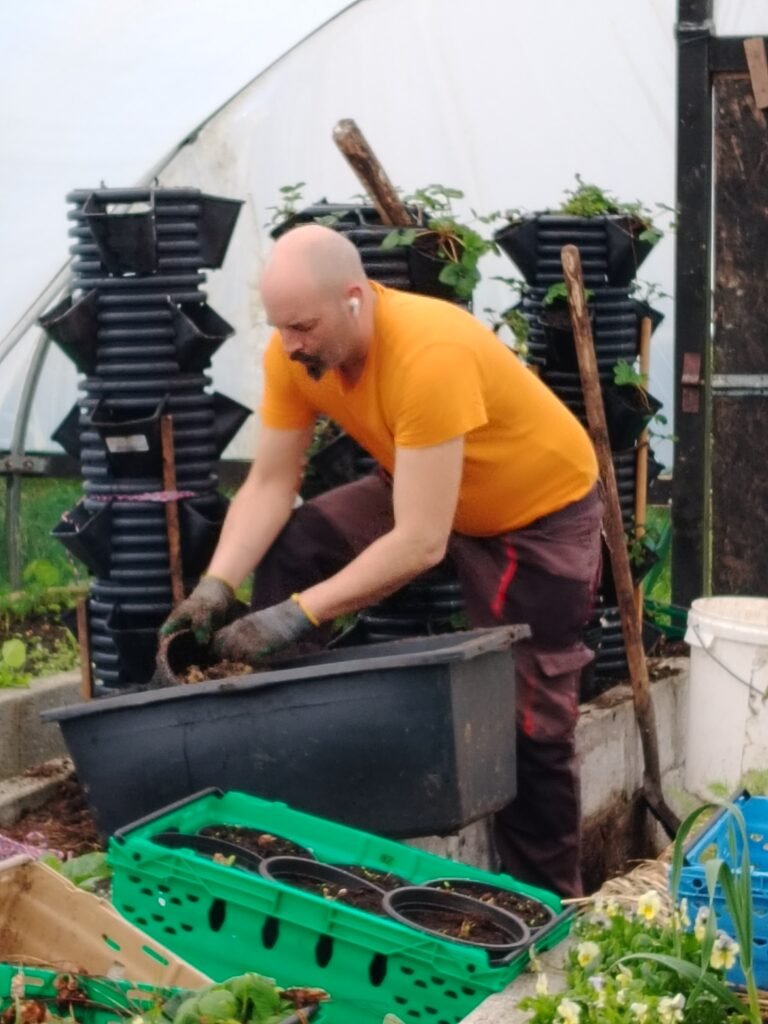
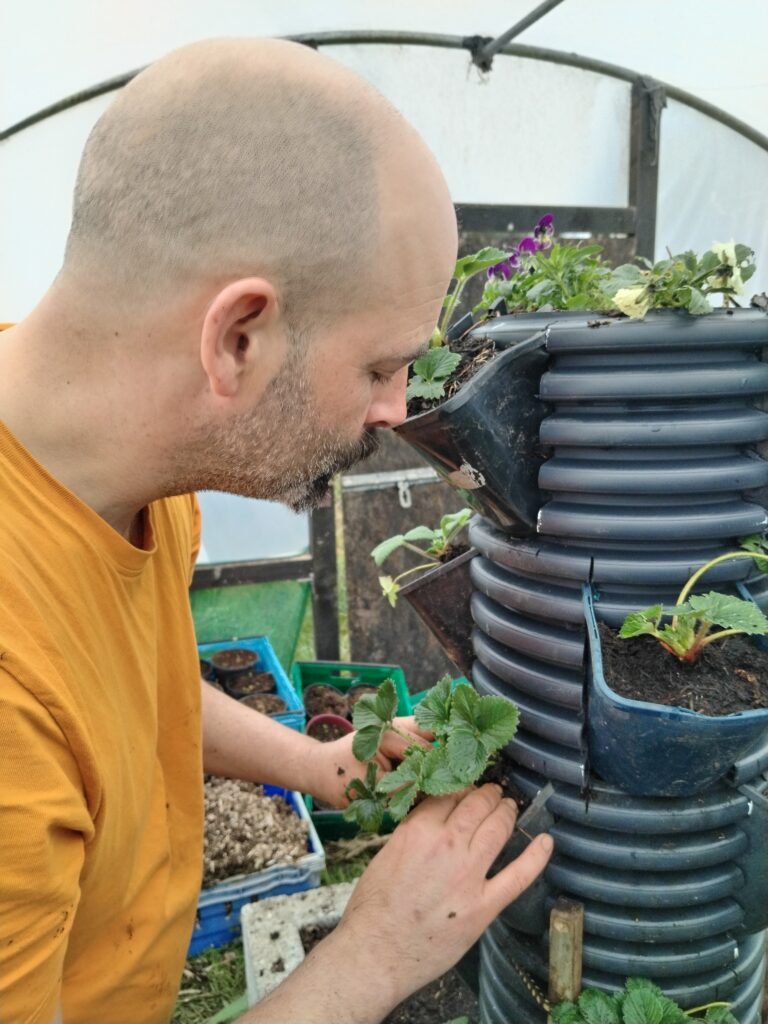

Companion Planting for Small-Space Strawberries
Even in the smallest of spaces, strawberries don’t have to grow alone. Thoughtful companion planting can improve their growth, deter pests, and even enhance flavor—all while making the most of every inch of your garden.
- The best strawberry companions – Herbs like basil and thyme not only repel unwanted insects but also bring out the natural sweetness in your berries. Nasturtiums are another superstar, attracting pollinators while keeping aphids and spider mites at bay. If you’re growing in containers, tucking a few leafy greens like spinach or lettuce underneath your strawberries creates a lush, layered planting that maximizes your space.
- What NOT to plant near strawberries – Some plants just don’t play well together. Cabbages, cauliflower, and other brassicas compete for nutrients and can stunt your strawberry plants. Similarly, fennel releases compounds that can inhibit growth, making it a poor neighbor for your berry patch.
- Creative interplanting for tiny spaces – If you’re short on ground space, try planting strawberries around the base of potted fruit trees for a natural mulch-like effect. In raised beds or vertical gardens, stagger them between herbs and edible flowers for a functional and beautiful display.
With the right companions, your strawberries will thrive, pests will keep their distance, and your small-space garden will be brimming with life—and flavor!
Essential Care Tips to Grow Strawberries Anywhere Successfully
Strawberries may be low-maintenance, but a little extra care goes a long way in boosting your harvest and keeping your plants healthy—especially in small spaces.
- Fertilizing for continuous fruiting – Container-grown strawberries rely on you for nutrients, so regular feeding is essential. A balanced organic fertilizer like this berry-specific plant food on Amazon or a liquid seaweed feed every two weeks will keep them thriving. For a long-term boost, mix in worm castings (which you can get locally if you’re in Kerry! 😉) or compost tea to encourage strong roots and juicy berries.
- Pest and disease management – Small-space gardening makes it easier to monitor pests, but that doesn’t mean they won’t show up. Aphids and spider mites can be discouraged with companion planting (basil and nasturtiums are great choices). If slugs are a problem, copper tape around pots or a sprinkle of diatomaceous earth works wonders. For fungal diseases, good airflow is key—don’t overcrowd your plants, and try a natural spray like diluted neem oil.
- Pruning and runner control – If you want big, sweet strawberries rather than lots of tiny ones, you’ll need to remove excess runners (those long shoots that sprout from the mother plant). Letting one or two root in a new pot is fine, but snipping off extras keeps the main plant focused on producing fruit. Trim old leaves after fruiting to encourage fresh growth for next season’s harvest.
With these simple but essential care tips, your strawberries will keep rewarding you with plump, juicy berries all season long—no matter how small your growing space!
Harvesting and Enjoying Your Homegrown Strawberries
There’s nothing quite like plucking a sun-warmed strawberry straight from the plant and tasting that burst of sweetness. But to get the most out of your homegrown berries, timing and technique matter!
- How to tell when strawberries are perfectly ripe – Store-bought strawberries are often picked early, but when you grow your own, you get to wait for perfection. Look for deep red, fully colored berries with a glossy sheen and a sweet fragrance. Unlike some fruits, strawberries won’t ripen after picking, so patience pays off!
- Best harvesting techniques to avoid damage – Strawberries are delicate, and rough handling can shorten their shelf life. Instead of pulling, gently twist the berry off with the stem attached. This prevents bruising and keeps the fruit fresher for longer. Harvest in the morning when the berries are cool for peak flavor and texture.
- Storing, freezing, and using fresh strawberries – Fresh strawberries are best enjoyed right away (preferably while still standing in the garden!), but if you have extras, store them unwashed in the fridge on a paper towel-lined tray. For long-term storage, freeze them on a baking sheet before transferring to a container. And of course, there’s no shortage of delicious ways to use them—stirred into yogurt, blended into smoothies, baked into tarts, or turned into homemade jam.
Whether eaten fresh or preserved for later, your homegrown strawberries will be a reminder of why growing your own is always worth it!

Conclusion
There’s something truly magical about stepping outside, reaching for a ruby-red strawberry, and tasting the sweetness of the sun itself. No plastic packaging, no bland, out-of-season fruit—just the pure, bursting flavor of a berry that ripened right in your own little patch of green.
Growing strawberries in small spaces isn’t just possible—it’s a joy. Whether they’re tumbling from a hanging basket, spilling over the edges of a window box, or climbing up a vertical planter, these little treasures find a way to thrive with just a bit of care. And the best part? You don’t need rolling fields or perfect soil—just a spot kissed by the sun and a love for homegrown goodness.
Maybe you start with a single pot on the patio, then expand to a strawberry tower or an old wooden crate repurposed into a tiny berry farm. Before long, you’ll know the best time to pluck them, the scent of a truly ripe strawberry, and the way the taste lingers, impossibly sweet, on your tongue.
If you’re ready to dive deeper, check out The Complete Strawberry Growing Guide for all the details. And if you love the idea of strawberries cascading from above, our DIY Hanging Baskets and Wall Planters for Strawberries guide will help you get started.
Because really, is there anything better than homegrown strawberries, warm from the sun, and eaten straight from the vine?

